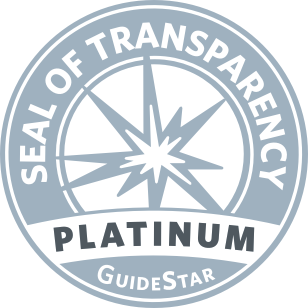To Cane, or Not To Cane?
Invisible Disability
When I walk around the neighborhood with my white cane, I still worry about stigma and how people perceive me. I’ve had to remind myself that the cane is a tool to keep me safe.
By Jenni Evans, MA, CFRM
Development Manager, The Julian Center
I was diagnosed with retinitis pigmentosa (RP) about 12 years ago. At the time, I sought support through my state's vocational rehabilitation program, which offered assistive technology, orientation and mobility training, and white cane instruction. I was still able to drive without any issues—at least according to the BMV—so I decided that while those resources could help me, I was too proud and vain to use them. I was in my early 30s and thought, “If I still have my license, then I don’t really need those tools.” I wanted to avoid any stigma.
Fast forward to 2025. After countless falls, broken teeth, bruised arms, and the BMV revoking my night driving privileges last summer, I decided to fully embrace my reality. I’ve always been open about my RP, but now I’m relearning how to use the white cane. I still drive to and from work during the day, though I’m not sure how long that will last.
When I walk around the neighborhood with my cane, I still worry about stigma and how people perceive me—especially when they see me get into my car afterward without any apparent issues. I’ve had to remind myself that the cane is a tool to keep me safe. When I drive, I rely on extra mirrors and cameras, and the car provides a physical barrier. When I walk, it’s just me—no barrier—and I can move in any direction.
I’m learning to humble myself and take full advantage of my white cane training. Ultimately, it’s nobody’s business why I use it. And if someone does scoff or judge, they’ll probably be in my blind spots—so I’ll never know!




